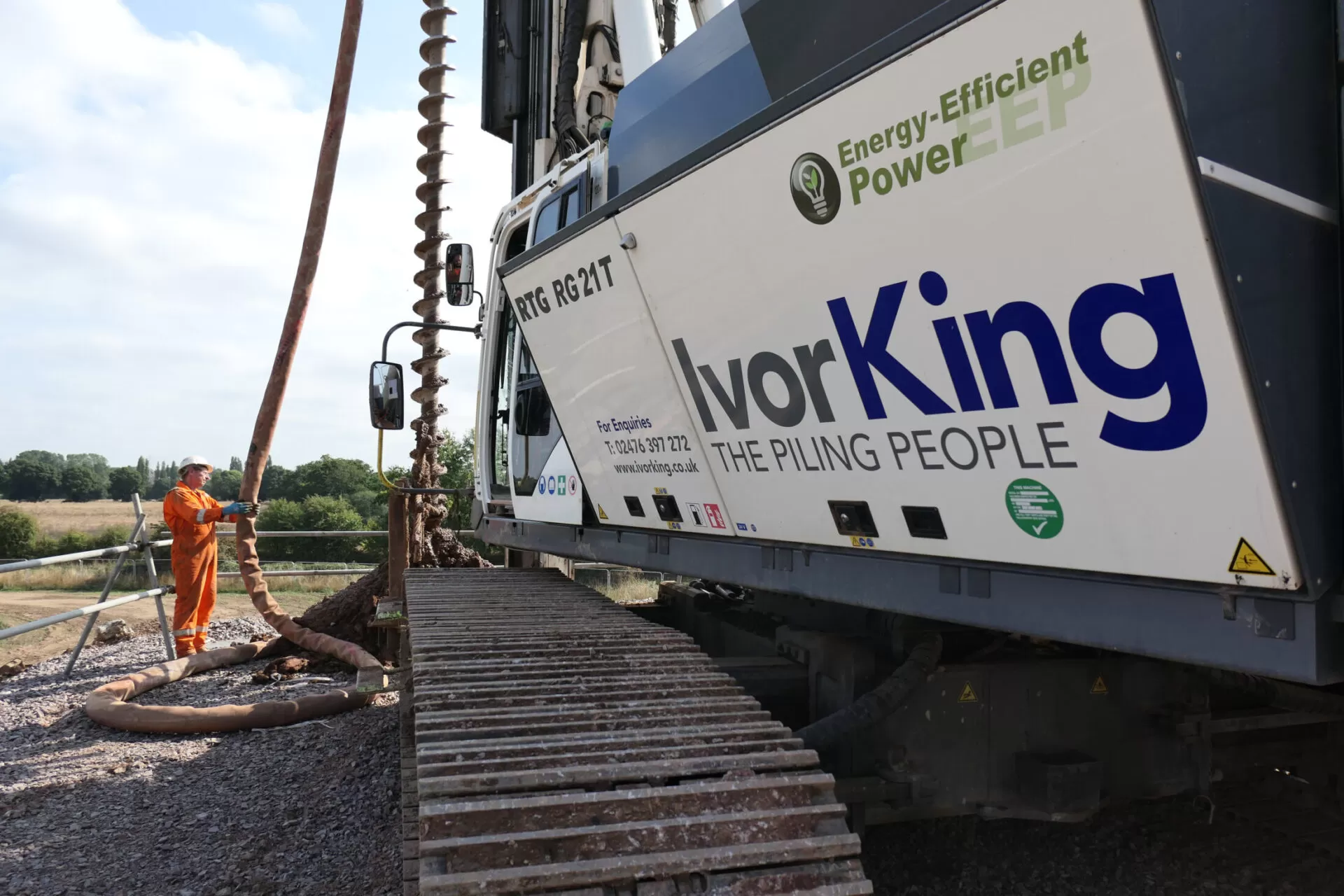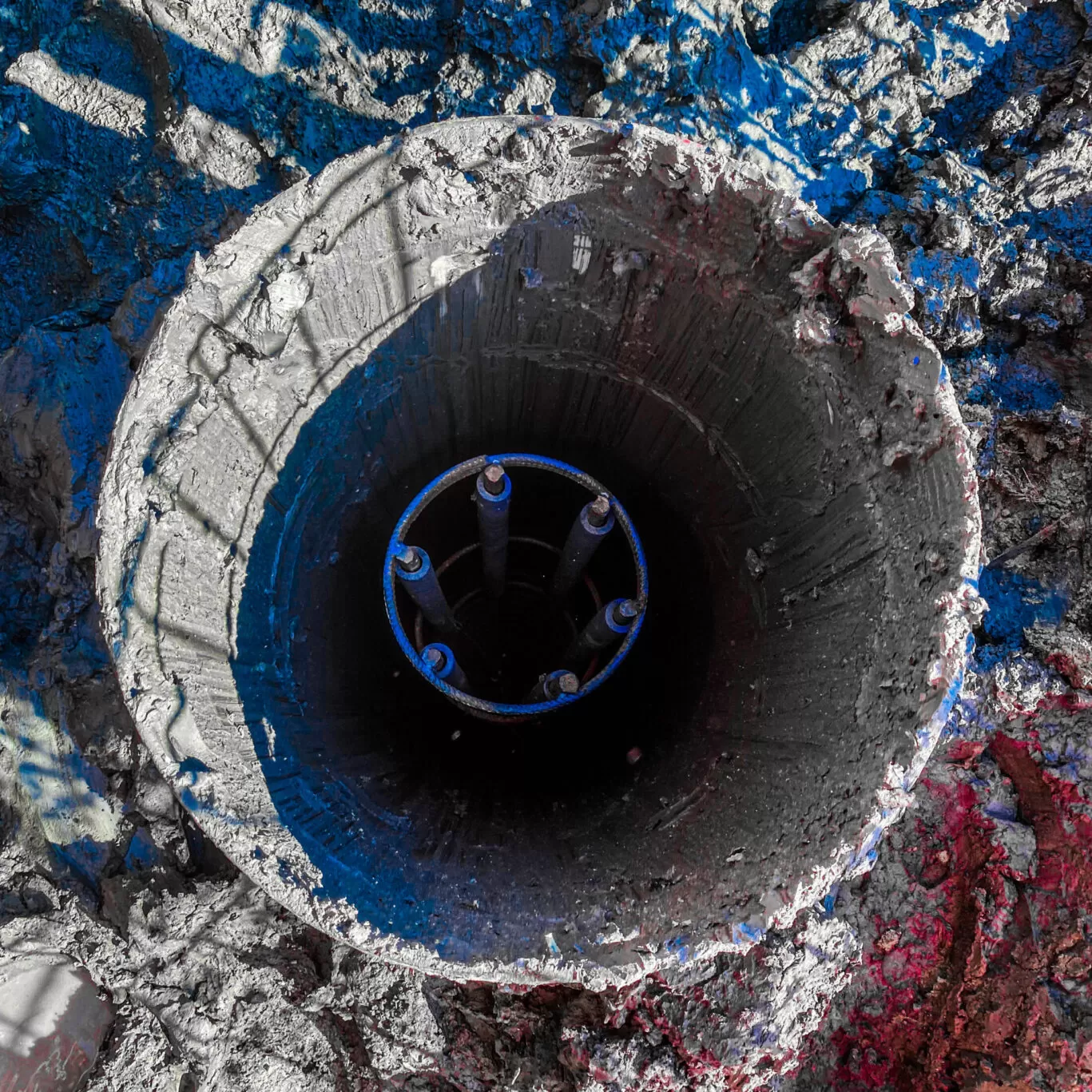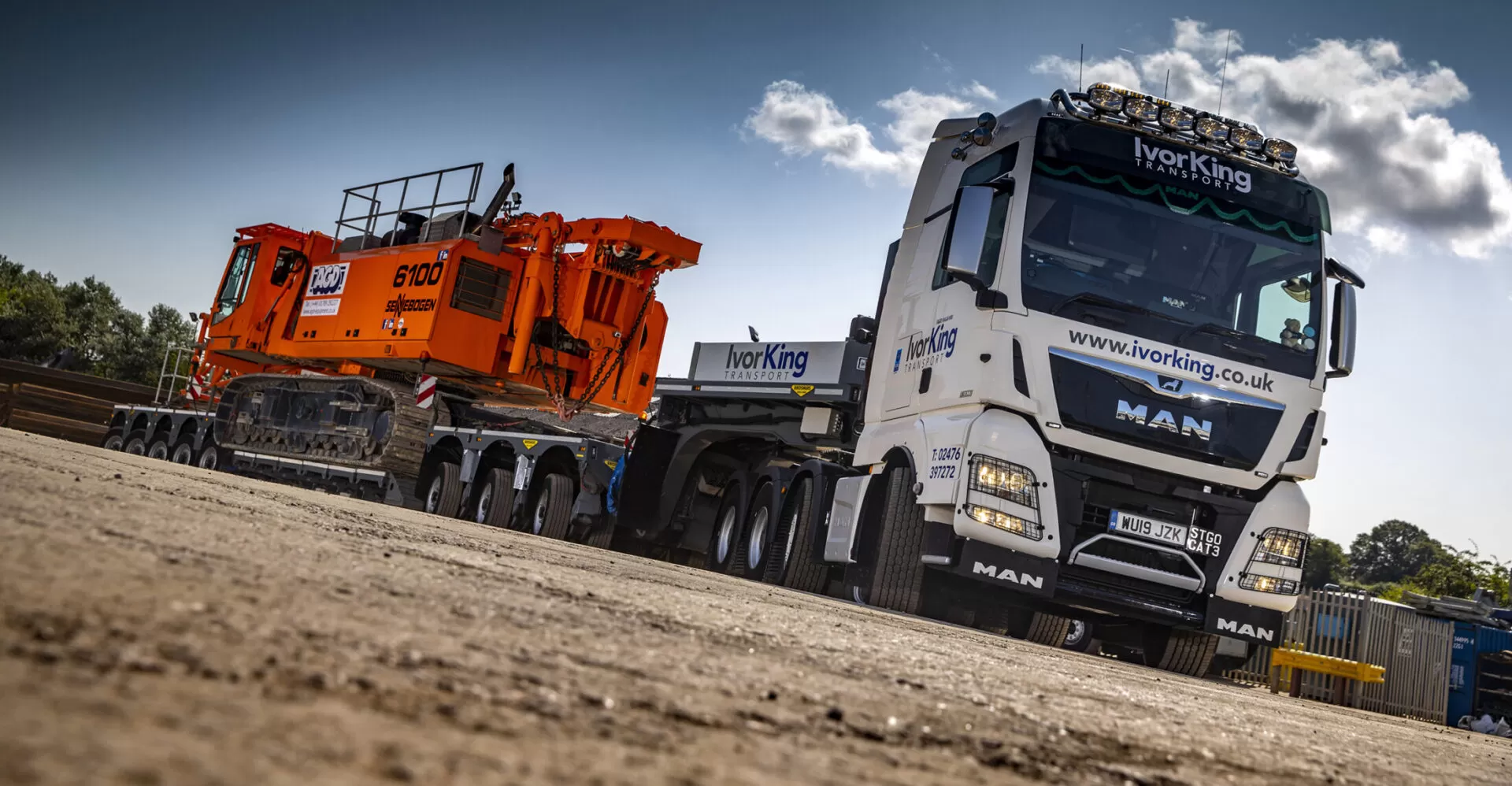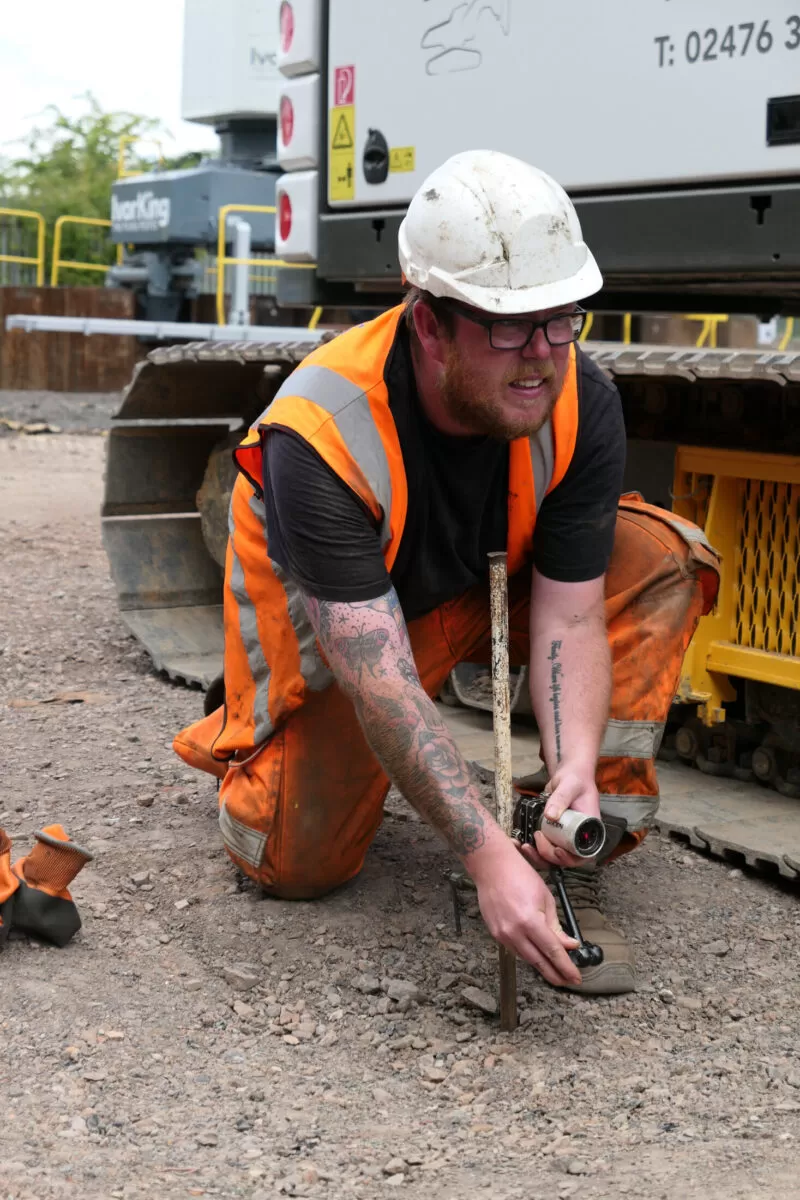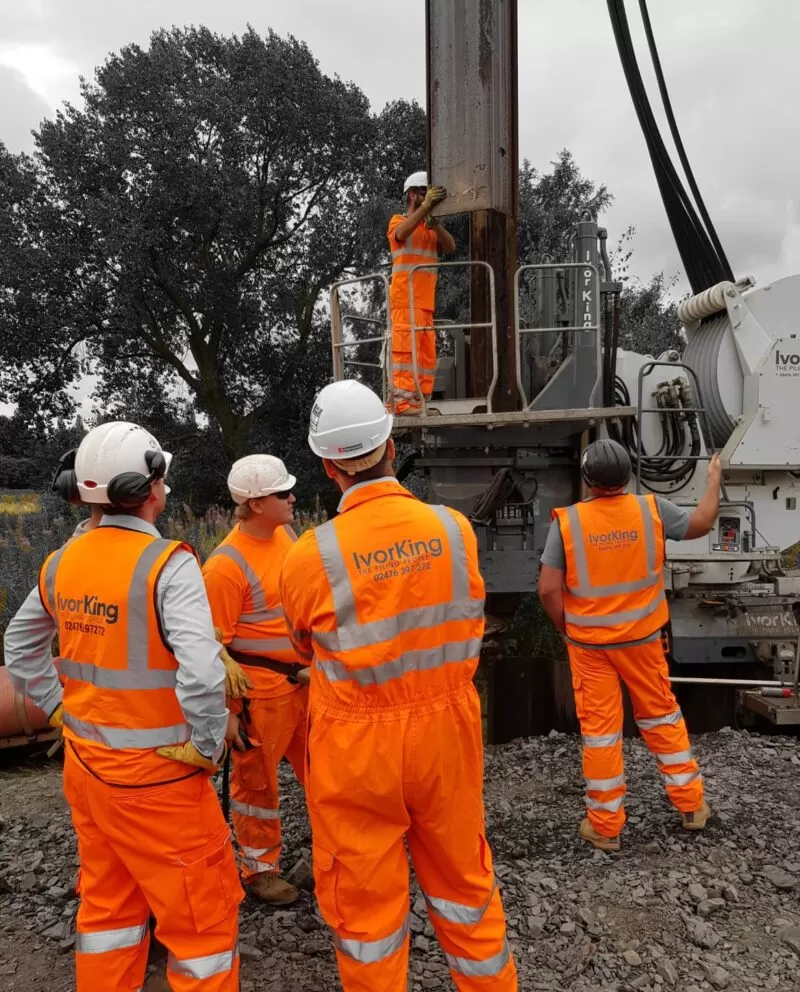Mini Piles, also called Micro Piles, are often used for underpinning and restricted access. They can also be used to create foundations for a variety of project types, including highway, bridge and transmission tower projects.
They are especially useful at sites with difficult or restricted access or with environmental sensitivity. Installation of Mini Piles can be achieved using drilling, impact driving or screwing machinery.
Mini Piles may be steel driven tubes ranging from 100mm to 305mm diameter, or bored cast in-situ concrete from 300mm to 600mm diameter.
Mini piling rigs can work in sites subject to both width and height restrictions, sometimes as low as 2.3m in height.
There are various techniques of mini piling which include;
Bottom Driven Steel Cased
Used within restricted areas for poor ground conditions, where deep foundations are impracticable. For extensions to homes and one off housing plots we offer a full design service to meet NHBC and Building Control Standards. We also design and construct piled foundations for machine bases, and mezzanine floors where access is limited.
Top Driven Steel/Precast
Used within restricted areas for poor ground conditions, where deep foundations are impracticable. Applications include extensions to homes, one-off housing plots, machine bases and mezzanine floors. Primarily used as an alternative to bottom driven piles to offer a higher load capacity or to overcome harder driving conditions.
Open Hole Auger
Used in ground conditions where heave may be a possibility (and the heave force cannot be designed out), but where the ground conditions will allow the pile bore to stay open. A plastic coated liner can be installed to a designed depth to minimise heave. Temporary casings can be used to support ground that may be unstable towards the top of the pile. This method allows the pile to be filled with concrete from the top as the casings are removed.
Sectional Flight Auger (SFA)
Used in ground conditions where heave may be a possibility, but the ground conditions do not allow the pile bore to stay open. Heave conditions can be designed out by increasing the depth of the pile and the quantity of reinforcement. This pile is filled with concrete through the centre of the augers as they are retracted.
DTH (Down The Hole) Open Hole Drilling
Used for drilling into un-reinforced concrete and rock. Using a rotary percussive hammer, the action reduces hard rock into small fragments and dust. Can also be used when the overburden drilling has reached the rockhead.
Drill Bar Pile ‘Titan’
This can be used in most ground conditions and is probably our most versatile pile. The drill bit and bar are sacrificial and drilled to a designed length and filled with grout through the centre of the bar and drill head.
Contiguous Piled Wall
Used primarily with an augered pile to form a retaining wall, for example in underground car parks construction. The piles tend to be installed approximately 150mm apart, dependent upon ground conditions.
King Post Piled Wall
Used primarily with an augered pile to form a retaining wall, the pile spacing is dependent on design. The piles are formed and a structural steel beam is lowered down into the pile bore vertically and then concreted into position. Pre-stressed concrete bay-wall panels may then be placed between the webbing of each beam to form a retaining wall.
In-Situ Ground Beams
Upon completion of the pile, the ground is either excavated to a width and depth required by design or shuttered above ground. Reinforcement is then placed as per design and the pile reinforcement tied into the ground beam. After inspection by the relevant authorities the beam will be concreted.
The beams can be designed to withstand any heave forces with the use of void forming or compressible materials.
